
Courageous Appalachian Women Who Conquered the Wilderness
The rugged Appalachian wilderness has given rise to many brave women who personified strength, resilience, and an adventurous spirit in the face of unforgiving frontiers. This Women’s History Month, we honor three Appalachian pioneers who defied obstacles to blaze trails.
Mary Draper Ingles (1732-1815)
In 1755, Mary Draper Ingles was seized by Shawnee raiders from her home in what is now West Virginia. For months, she was forced to trek hundreds of miles with her captors into Ohio territory before finally escaping into the unforgiving wilderness. Following seasonal stars, Ingles embarked on an epic journey of over 500 miles through dense forests, traversing rivers, and evading predators to return home to Virginia.
Ingles’s incredible journey took over 40 days, during which she survived on foraged berries, nuts, and roots. She made her way along the Ohio, Kanawha, and New Rivers, using her skills as an experienced frontierswoman to navigate the challenging terrain. Her harrowing tale of perseverance and survival is considered one of the greatest adventures in Appalachian history.

Grandma Gatewood (1887-1973)
Emma Rowena Gatewood, better known as “Grandma Gatewood,” was a pioneering female hiker who became the first woman to solo hike the entire Appalachian Trail in 1955 at the age of 67. She completed the 2,168-mile journey wearing Keds sneakers and carrying only a few basic supplies in a homemade denim bag. Gatewood’s remarkable feat challenged stereotypes about age and gender in the outdoors, inspiring generations of hikers to follow in her footsteps.
Gatewood’s love for hiking developed as a means of escaping an abusive marriage. After raising 11 children, she found solace and freedom in the wilderness. She went on to hike the AT two more times, becoming the first person to complete the trail three times. Her minimalist approach to hiking, coupled with her determination and resilience, made her a legend in the hiking community. Gatewood’s story has been featured in books, documentaries, and countless articles, cementing her status as an iconic figure in Appalachian history.

Mildred Norman Ryder (1908-1981)
Mildred Norman Ryder, known as “Peace Pilgrim,” was an American non-denominational spiritual teacher, mystic, and peace activist. In 1952, at the age of 44, she became the first woman to thru-hike the entire Appalachian Trail in one season. Ryder’s journey was not just a physical feat but also a spiritual one. She saw her pilgrimage as a way to promote inner and outer peace, living a life of voluntary simplicity and spreading a message of peace.
After completing the AT, Ryder continued walking across the United States for 28 years, covering over 25,000 miles and touching countless lives with her message of peace and love. She carried no money and relied on the kindness of strangers for food and shelter. Ryder’s commitment to her cause and her gentle, compassionate nature made her an inspiration to many. Her legacy continues to influence those who seek a more peaceful, sustainable way of life.
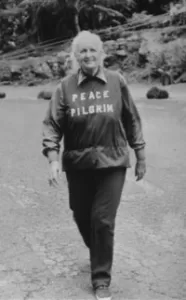
These three remarkable women are just a few examples of the many trailblazing adventurers who have left their mark on Appalachian history. Throughout Women’s History Month, we’ve celebrated the achievements of groundbreaking female explorers, athletes, and activists who have pushed the boundaries of what was thought possible. From Annie Londonderry, the first woman to bicycle around the world, to the countless other pioneers who have inspired us with their courage and determination, these stories remind us of the power of the human spirit to overcome adversity and pave the way for future generations. As we reflect on their legacies, let us continue to honor and celebrate the extraordinary women who have shaped our world and empowered others to follow their dreams.

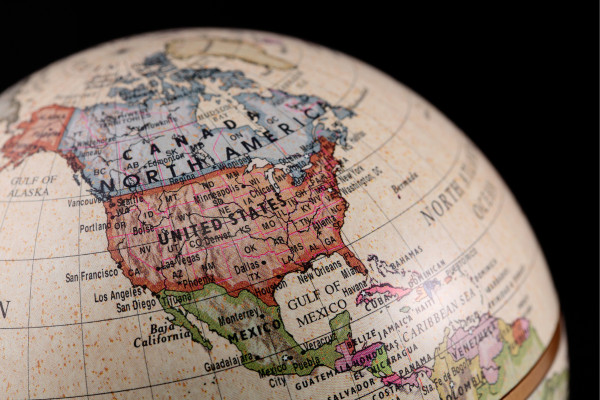
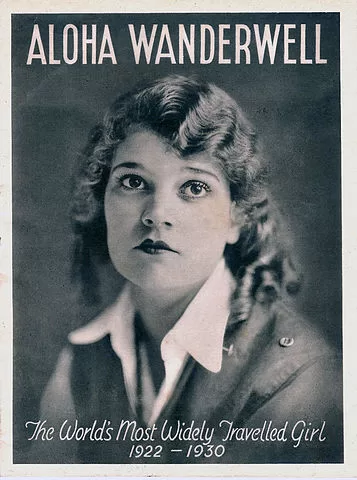




 with brook, brown, and rainbow varieties. As temperatures warm in April and May, target smallmouth bass running up from deeper pools into tributaries. Other spring favorites include walleye, rock bass, bluegill, and musky. Remember to check local fishing regulations for size and possession limits.
with brook, brown, and rainbow varieties. As temperatures warm in April and May, target smallmouth bass running up from deeper pools into tributaries. Other spring favorites include walleye, rock bass, bluegill, and musky. Remember to check local fishing regulations for size and possession limits.
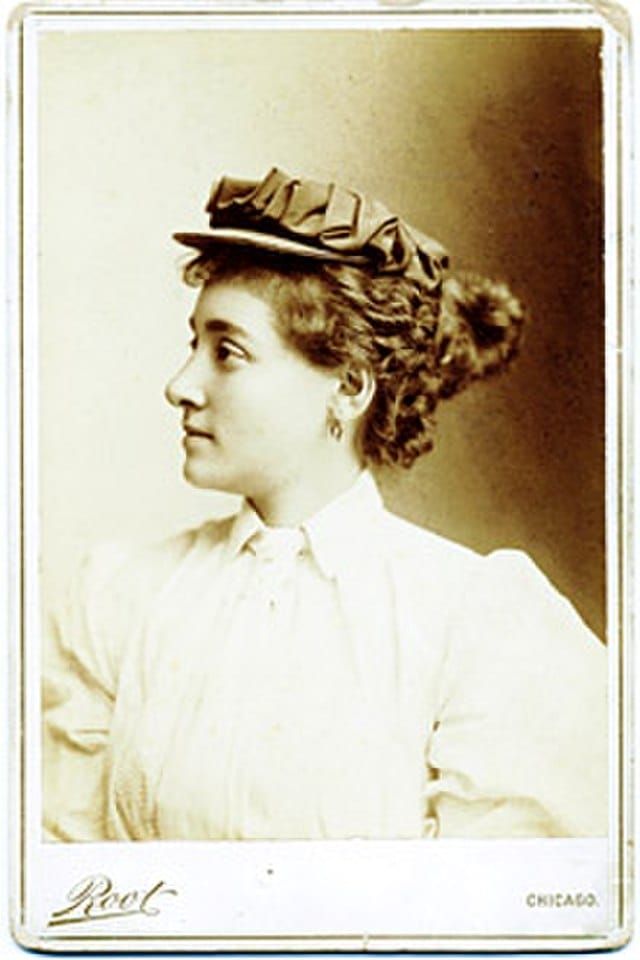 where she boldly declared that women were just as capable as men. To prove her point, she bet fellow partygoer John Barry $20,000 that she could cycle around the world faster than he could travel by horse and wagon. Her motivation? Securing publicity and sponsorship for Londonderry Lithia Springs Water. She soon became a notorious celebrity in newspapers, which closely followed her adventures.
where she boldly declared that women were just as capable as men. To prove her point, she bet fellow partygoer John Barry $20,000 that she could cycle around the world faster than he could travel by horse and wagon. Her motivation? Securing publicity and sponsorship for Londonderry Lithia Springs Water. She soon became a notorious celebrity in newspapers, which closely followed her adventures.
 with them regularly. Give trusted contacts your flight details, accommodation bookings, daily itinerary, tour/activity plans, and emergency contacts. Set up regular check-in times. Share your location via apps if needed.
with them regularly. Give trusted contacts your flight details, accommodation bookings, daily itinerary, tour/activity plans, and emergency contacts. Set up regular check-in times. Share your location via apps if needed.
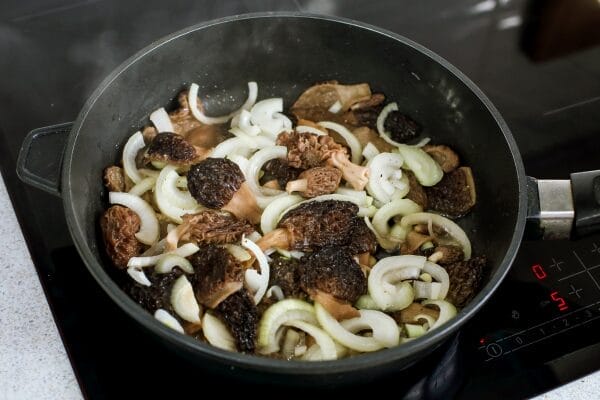 Cooking Morels
Cooking Morels
 emerging in early spring. These wild onions have a bulbous white root system similar to small leeks or green onions. Crush a leaf and you’ll be hit with a distinctive garlicky or oniony scent – a key ID trait! Ramps can be mistaken for lily of the valley, so confirm via smell before harvesting.
emerging in early spring. These wild onions have a bulbous white root system similar to small leeks or green onions. Crush a leaf and you’ll be hit with a distinctive garlicky or oniony scent – a key ID trait! Ramps can be mistaken for lily of the valley, so confirm via smell before harvesting.